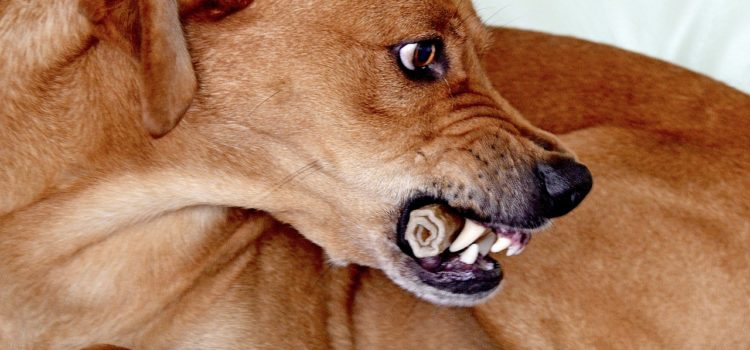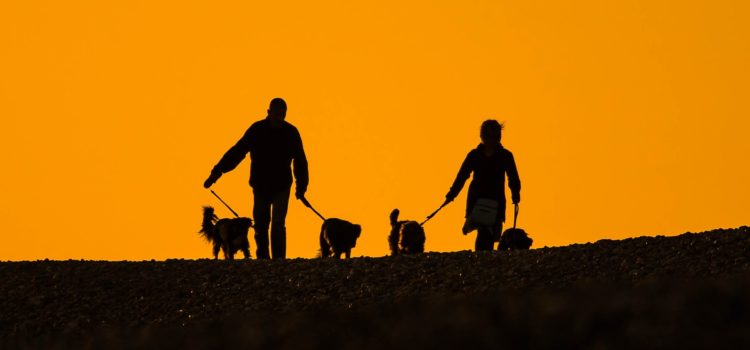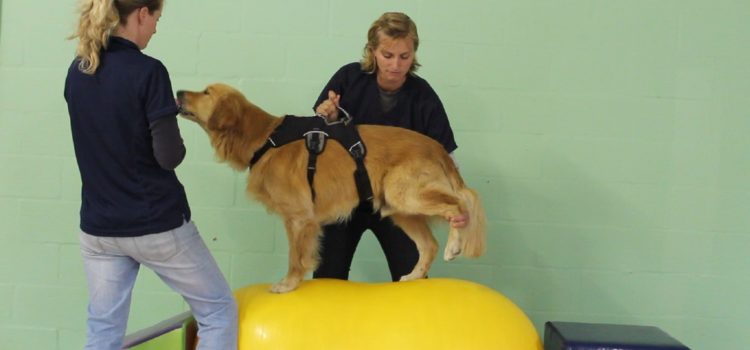I have seen this YouTube video in the past and it seems to be doing the cyber space rounds again. I think it is a good video (as they provide slow motion) to see and explained what happend. I also thought it would be a good exercise to test yourself. Look at the questions and then watch the video of the police dog biting the reporter. Best to watch the video first without sound, as some of it will just take you focus of the incident and some of what they say is debatable. Answers will be given below – don’t peek yet. Test yourself!
QUESTIONS:
1. Can you spot when the dog FIRST indicates that he is so uncomfortable with the reporter’s interaction?
2. How does the dog try to communicate to the reporter (and handler) that he is uncomfortable?
3. How did the dog feel before the bite?
4. What do you think the dog learnt from this experience?
5. Will you sit that close and handle a dog in that manner whom you don’t know?
6. In the video it says that the handler did not yet know the dog’s ”personality” – does it matter that the dog’s new handler did not know the dog’s temperament?
7. Does the fact that Pedro is a Police dog contribute to this defensive behaviour?
ANALYSIS AND ANSWERS
Clearly Pedro was indicating long before the bite that he was uncomfortable and anxious in that situation. When dogs feel threatened they have one of two options- fight or flight. Pedro’s flight option was blocked by being held between the two men. (And yes…I see the choke chain…but that is a topic for another time!) Thus it leaves the other option “fight”…which means defensive behaviour.
I know hind sight is always easier and it is easy to analyse something in “slow mo”, but CLEARLY this dog was exhibiting avoidance behaviours one after the other and trying to defuse the tense situation, which are quite visible even at normal speed. I can count about 9 different signals and some of them are exhibited over and over, that anyone with experience on dog body language can recognise.
The voice-over states “and then Pedro makes a move that shocked everyone”. It does not shock me – I don’t find it suprising…this dog was SCREAMING “I’m uncomfortable, please stop”. If all his attempts are ignored to diffuse the situation, what is left for the poor dog to do, to get his message across. Yes, we can now say that the reporter got what was coming, but now the dog has a bite-history (outside of his job).
So what did Pedro learn from this incident? (Answer to Q4) He could in the next similar situation move to the bite part of the sequence sooner, or completely omit all the avoidance behaviours, as he has learnt that all the behaviour that previously preceded the bite, did not work…why waste energy on behaviours that don’t work! And that is the message that I would like to get across. ALWAYS be aware of your dog’s body language all the time, because most of the time you only know a dog-bite happened AFTER it has happened. (Watch the slow mo…the handler only pulled him away after the bite!) Pay attention to those subtle (body language) signals so that you can respond appropriately and remove your dog from a situation that he feels overwhelmed in. (Do you remember how you hated your aunt or strangers pinching your cheek or propped a sloppy kiss on your face?) The sooner people come to realise that dogs DO NOT LIKE being patted on the head, or leaned over, hugged around the neck or have their critical space invaded, the sooner we will see a decrease in dog bites. This reporter pat-patted Pedro’s head, then proceeded to pat pat pat some more, then leaned forward and over the dog, while having his hands on the side of Pedro’s neck – how invasive.
Answers:
1. When the video counter is on 31 seconds.
2. He is displaying a wide range of avoidance behaviours as well as other body language signals of anxiety and some of them are displayed more than once! Looking away, ears flatten and back, licking his lips/nose, lowering of his head, displaying ‘whale eye’ (the whites of the eyes are visible), pulling his head backwards, giving a ‘hard eye’ (staring), tension in the facial muscles, closed mouth (which equals holding his breath due to tension).
3. He felt anxious and threatened, and I think even more anxious as the seconds ticked by, because his avoidance signals were not ‘working’ on the reporter, neither was he getting help from his handler. Just because you think a gesture cannot be threatening, does not mean the dog sees it the same way. What makes me uncomfortable or anxious might have no effect on you.
4. See above paragraph
5. No and NO
6. No it does not! Canine body language is universal to all dogs – you just need to understand their sensitivities and drives.
7. NO. The voice over says that “Pedro is just doing what he is trained to do.” This bite had NOTHING to do with him being trained as an Police dog. He was not being ‘aggressive’, but rather DEFENSIVE. If you look at the bite level (injuries) then this is definitely only a ‘get ouf of my space’ bite…if he was biting as if he were in training, then I think the bite would have been MUCH worse…remember the handler only pulled away after the bite. This can equate to a person who is well trained in martial arts just punching someone, rather than immobilising them with martial arts move. Watch Pedro’s body language after the bite and then watch other videos of police dogs when called off the trainer/’criminal’ .Those dogs are having the time of their lives – because their predatory motor pattern has been executed, does Pedro look like he was having fun? I think not.
An unfortunate incident. Lots of people have voiced their opinion about this video and given the reporter quite a lashing. No, his only fault is ignorance / lack of canine knowledge. It is the DUTY of the handler and us, the pet dog OWNERS to instruct and explain to people how they should interact with your dog and how not to, and be FIRM if you have to. We have now seen what it can lead to if we just say nothing for fear of sounding rude.
I have the utmost respect and awe for police K9 units, this discussion was not to put them in a bad light, but hopefully this taped incident could prevent similar situations from occurring, by making people more aware of their dog’s biggest communication tool.
They cannot verbalise concerns as we can, they have to use their body language to ‘voice’ their feelings.
© Claire Grobbelaar



